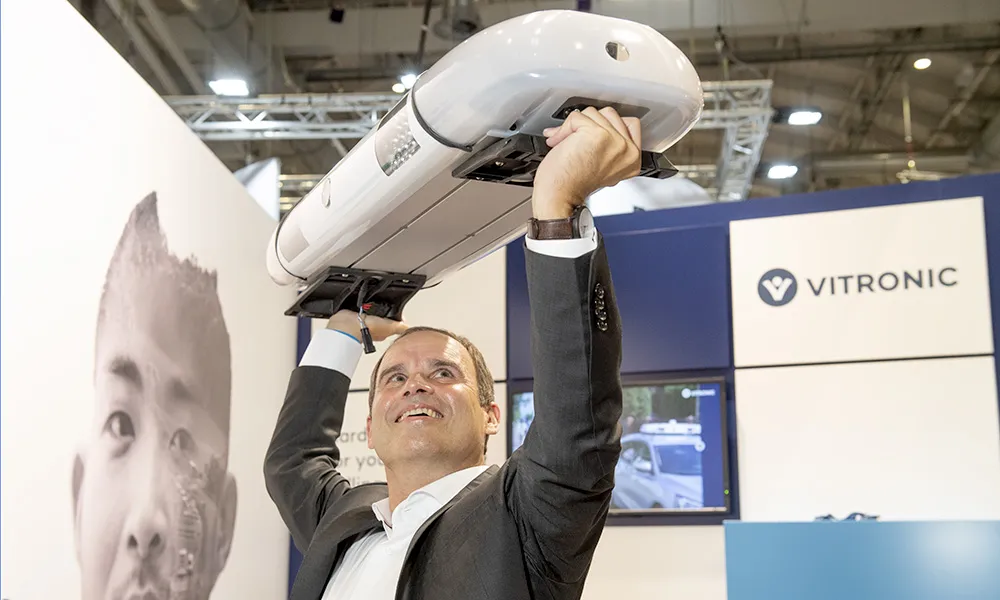
Genetec, a provider of products for video management, access control and ANPR, has launched AutoVu ANPR Analysis Reports for law enforcement officers and investigators.
The plugin is an advanced investigation tool that expands ANPR-based forensic search capabilities within Genetec Security Center.
Users can quickly narrow down a pool of suspects using vehicle behaviour patterns, specifically driving speed and travel cohorts. By eliminating manual data sorting and enabling targeted efficient analysis, the tool can save critical time.
“This plugin gives investigators what they need to close cases faster,” said Steve Hins, product group manager for ANPR at Genetec, based in Montreal, Canada. “With just a few clicks, they can spot patterns and behaviours in vehicle data that would otherwise take hours or days to uncover manually.”
AutoVu ANPR Analysis Reports offers two key functionalities. With the cohort analysis feature, investigators can identify vehicles that consistently travel with another vehicle of a known licence plate—revealing patterns that may point to coordination, accomplices or organised criminal activity.
Instead of manually reviewing read reports, officers can input a known plate, select relevant ANPR cameras and then define how often vehicles appear together – for example, within a few seconds, across multiple cameras.
The system then identifies potential vehicle cohorts instantly. In cases such as organised retail theft, this is especially valuable, according to Genetec. A known suspect vehicle might be linked to multiple incidents. Cohort analysis can reveal if another vehicle, such as a getaway car, is consistently nearby, helping investigators quickly narrow down their pool of suspects.
Meanwhile, the time and speed analysis feature enables investigators to quickly identify vehicles exhibiting outlier behaviour, such as those fleeing a crime scene. It does this by comparing the estimated speed of vehicles traveling between two ANPR cameras. Officers simply select cameras located within a zone of interest and define a time frame - for example: one to five minutes.
The system then generates a report listing all vehicles that passed both cameras, along with their estimated speeds. This enables investigators to immediately spot anomalies, including a vehicle traveling at 60mph in an area where most were going 30mph. The system does this without sifting through thousands of licence plate reads. In incidents such as a hit-and-run, this tool helps pinpoint suspects in seconds by revealing which vehicles sped through a defined area right after the event.
The plugin is available globally through the Genetec network of accredited channel partners as a paid add-on for Security Center.
Genetec’s products for video management, access control and ANPR are built on an open architecture. The company’s portfolio also includes intrusion detection, intercom and digital evidence management solutions.










